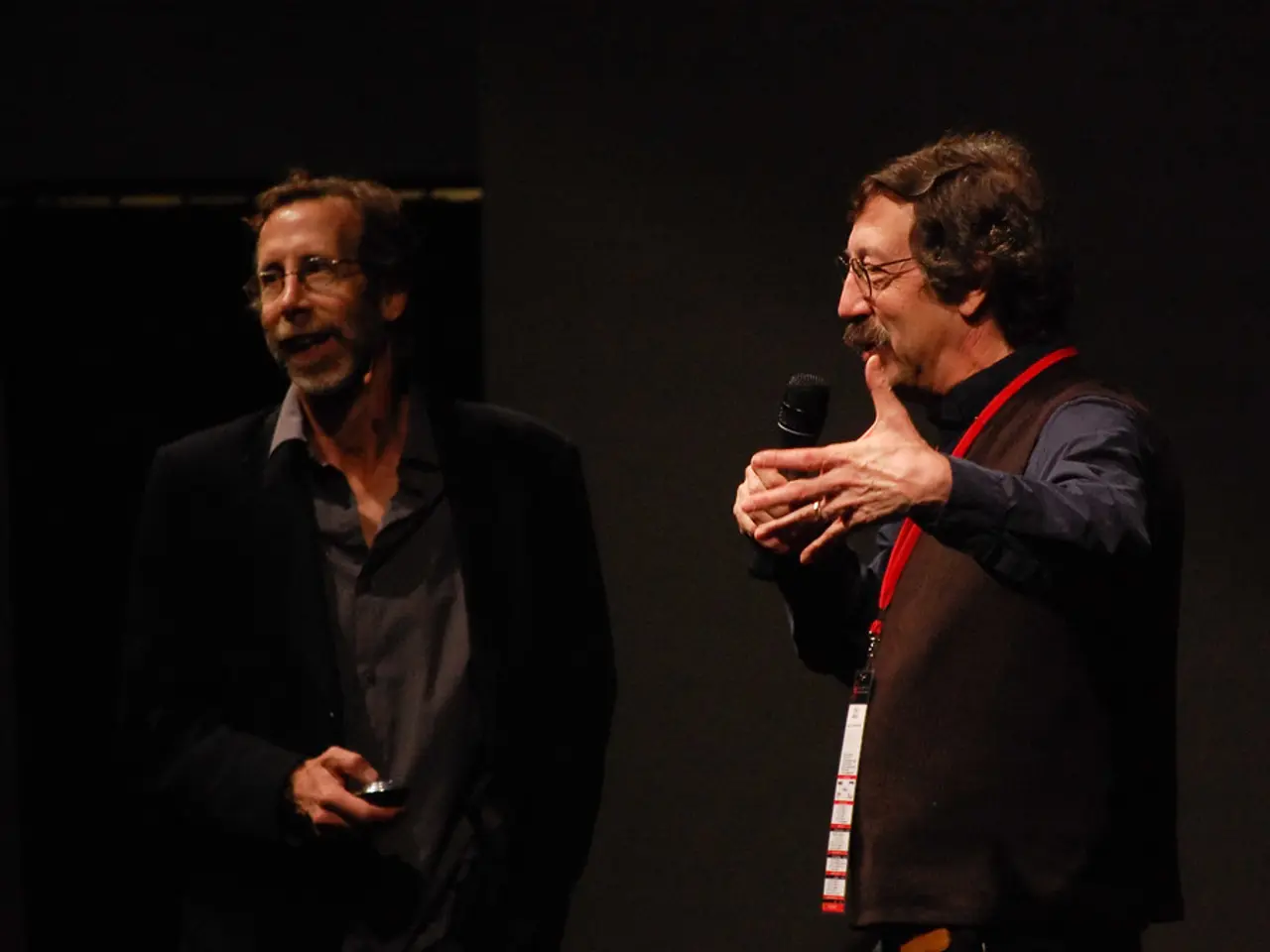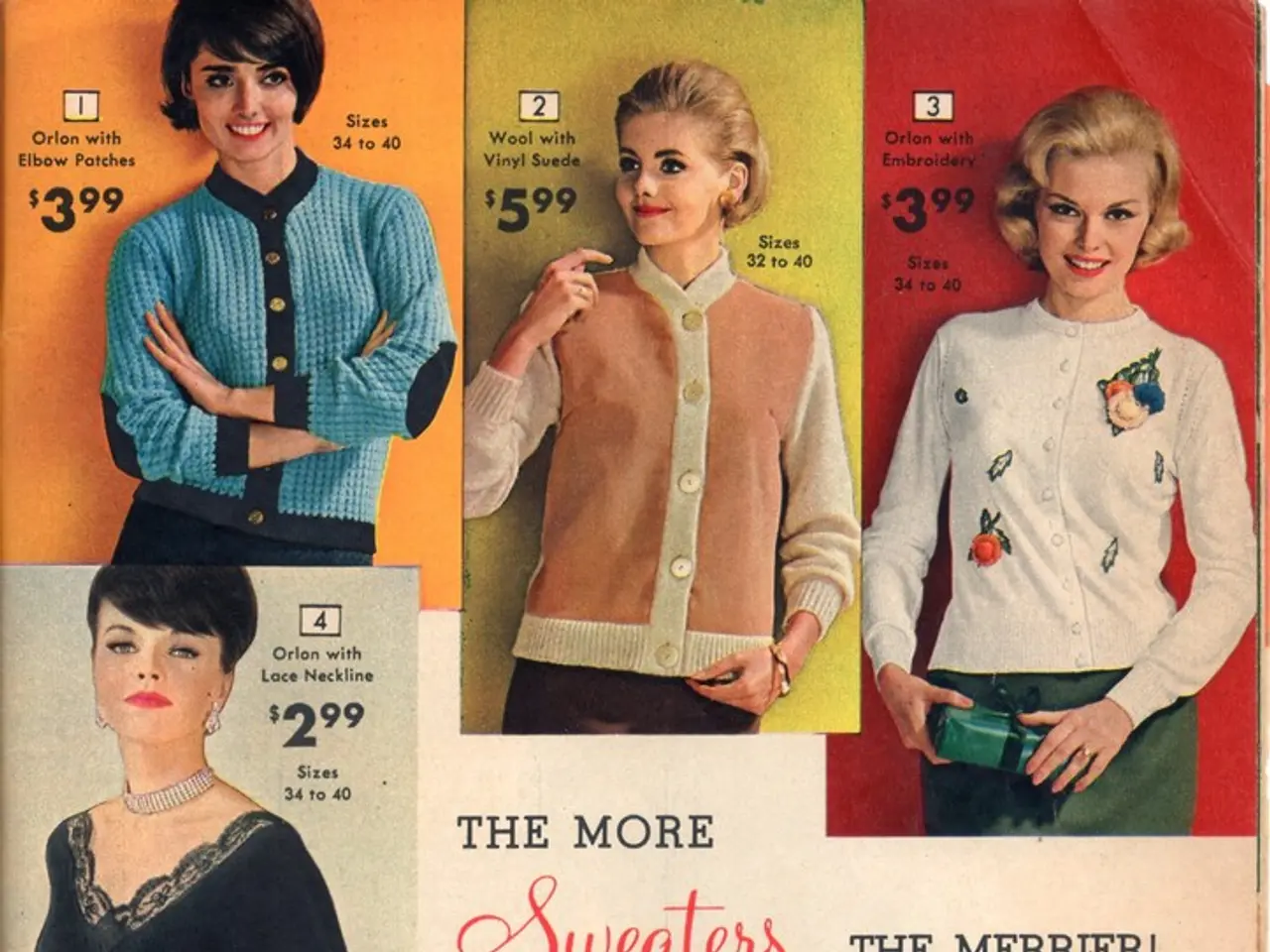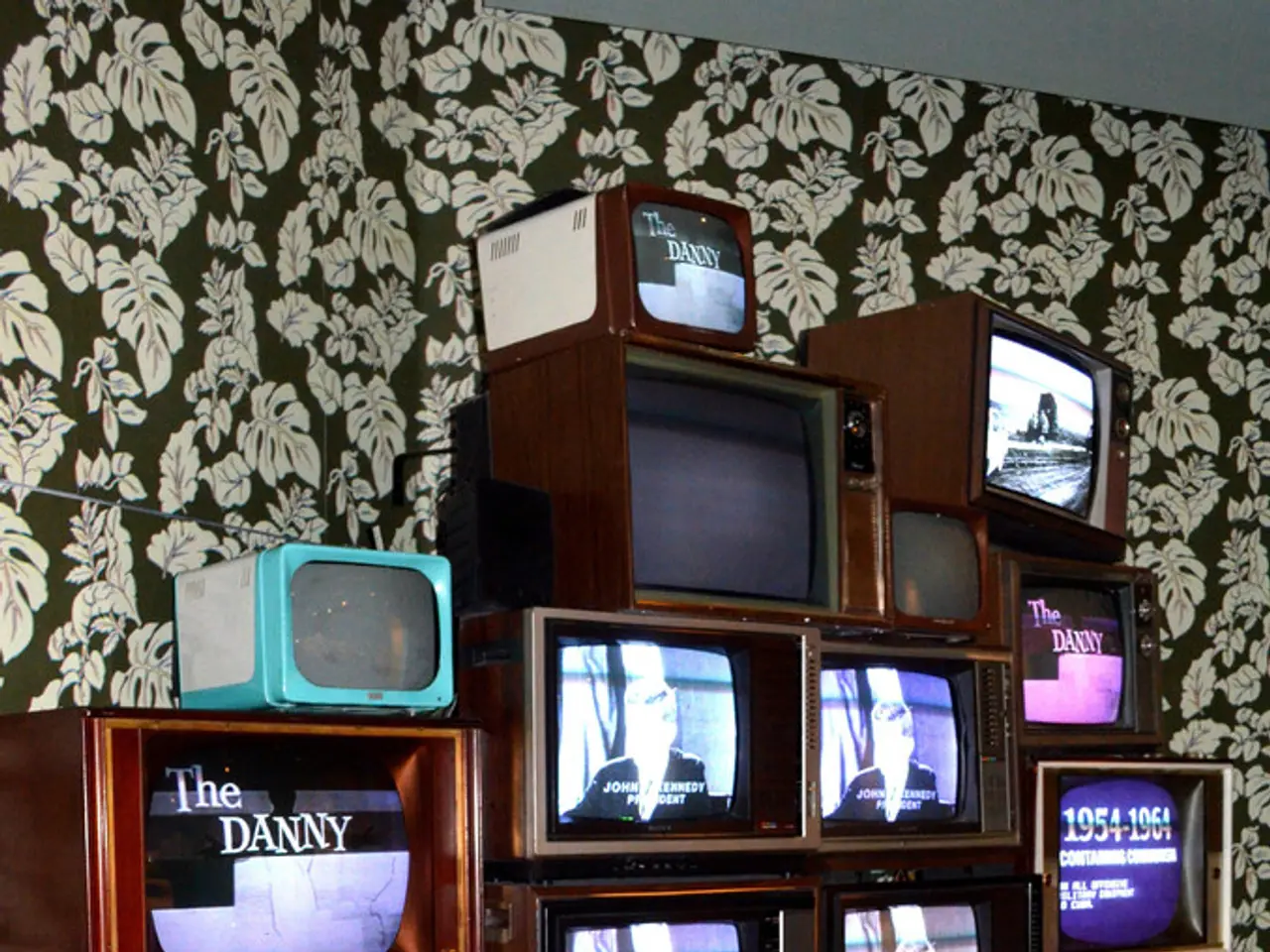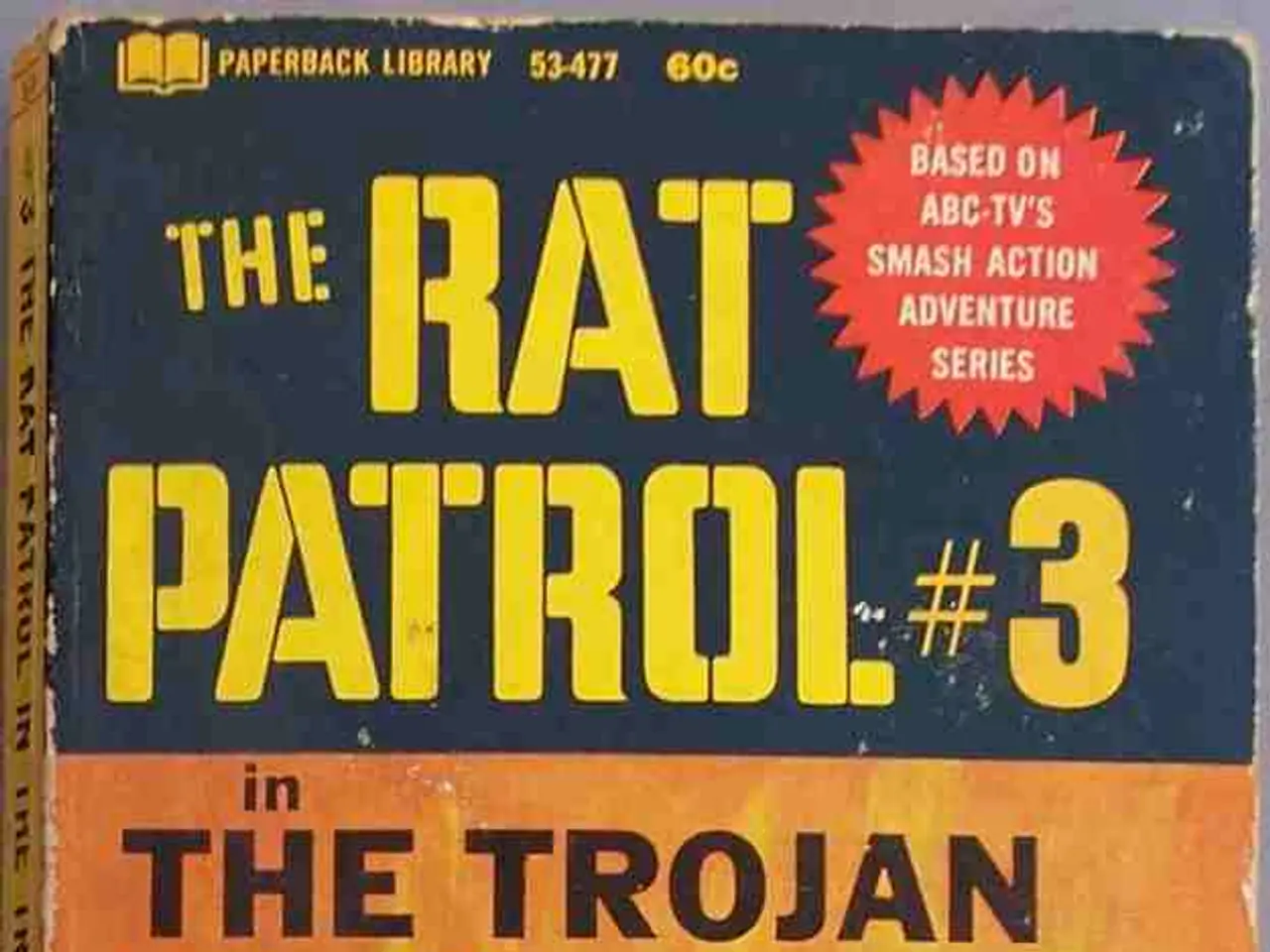Navigating the Laugh-Out-Loud Realm: Exploring the Humorous Landscape of Indian Film Comedy
Indian cinema has a rich history of making audiences laugh, with comedy films becoming sharper, smarter, and more purposeful in the 2000s-2010s. This evolution is evident in films like Munna Bhai M.B.B.S (2003), Lage Raho Munna Bhai (2006), Peepli Live (2010), and Vicky Donor (2012), which tackle serious topics using humor.
The roots of Indian comedy can be traced back to the early years, where slapstick comedy reigned supreme. Films such as Padosan (1968), Chalti Ka Naam Gaadi (1958), and Bombai Ka Babu (1960) showcased exaggerated movements, mistaken identities, and hilarious accidents, made memorable by actors like Johnny Walker, Mehmood, and Kishore Kumar.
As cinema matured, situational comedy became more prevalent in the 1980s-1990s, with films like Jaane Bhi Do Yaaro (1983), Chashme Buddoor (1981), and Andaz Apna Apna (1994) emerging. These films, while comedic, also dealt with societal issues, setting the stage for contemporary satire.
The 2000s saw a resurgence of slapstick comedy with films like Coolie No 1 (1995) and Hera Pheri (2000), while contemporary satirical and feel-good comedies like 3 Idiots (2009) and Welcome (2007) began to dominate the scene. These films collectively showcase the evolution of Indian comedy, from Govinda’s slapstick and dance-filled antics of the 90s to sharp situational comedy and satire in the 2000s and beyond.
Today, Indian comedy films blend local flavor with universal themes, making them accessible and hilarious beyond linguistic boundaries. Iconic films like Naduvula Konjam Pakkatha Kaanom (Tamil), Maheshinte Prathikaaram (Malayalam), and Carry On Jatt (Punjabi) are prime examples.
Contemporary Indian comedies to watch include Stree (2018), Badhaai Ho (2018), Dream Girl (2019), Jathi Ratnalu (Telugu, 2021), and regional films from Malayalam, Tamil, Telugu, and Punjabi industries. Actors like Ayushmann Khurrana, Kangana Ranaut, and Rajkummar Rao have embraced quirky scripts that challenge norms while making audiences laugh since the turn of the millennium.
Streaming platforms like Netflix, Amazon Prime Video, and ZEE5 have opened new doors for regional and indie comedies since 2015, making these films accessible to a global audience. Most OTT platforms offer English subtitles, ensuring that the unique charm of Indian cinema continues to win hearts worldwide.
As audiences grow more thoughtful and varied, the future of Indian comedy lies in fearless experimentation, strong regional narratives, and stories that make us reflect as well as laugh. Comedy is now a lens for social commentary, as the success of satire shows indicates that audiences are ready for humor that challenges as well as entertains.
From Mehmood's exaggerated antics to the sharp wit of today's screenwriters, Indian comedy has become more layered, intelligent, and inclusive, mirroring the changing landscape of Indian society and its diverse voices. With its unique blend of humor and social commentary, Indian cinema continues to be a vibrant and entertaining force in the world of film.
- Early Indian cinema, as depicted in films like Padosan (1968), Chalti Ka Naam Gaadi (1958), and Bombai Ka Babu (1960), was marked by slapstick comedy, featuring actors such as Johnny Walker, Mehmood, and Kishore Kumar.
- As the decade turned, situational comedy became more prominent, with films like Jaane Bhi Do Yaaro (1983), Chashme Buddoor (1981), and Andaz Apna Apna (1994) emerging, dealing with societal issues but still being comedic in nature.
- In the 2000s, both slapstick comedy and contemporary satire flourished, with films like 3 Idiots (2009) and Welcome (2007) becoming popular, showcasing a progression of Indian comedy styles from the 90s to the 2000s.
- Today, Indian comedy films like Naduvula Konjam Pakkatha Kaanom (Tamil), Maheshinte Prathikaaram (Malayalam), and Dream Girl (2019) blend local flavor with universal themes, making them internationally accessible.








